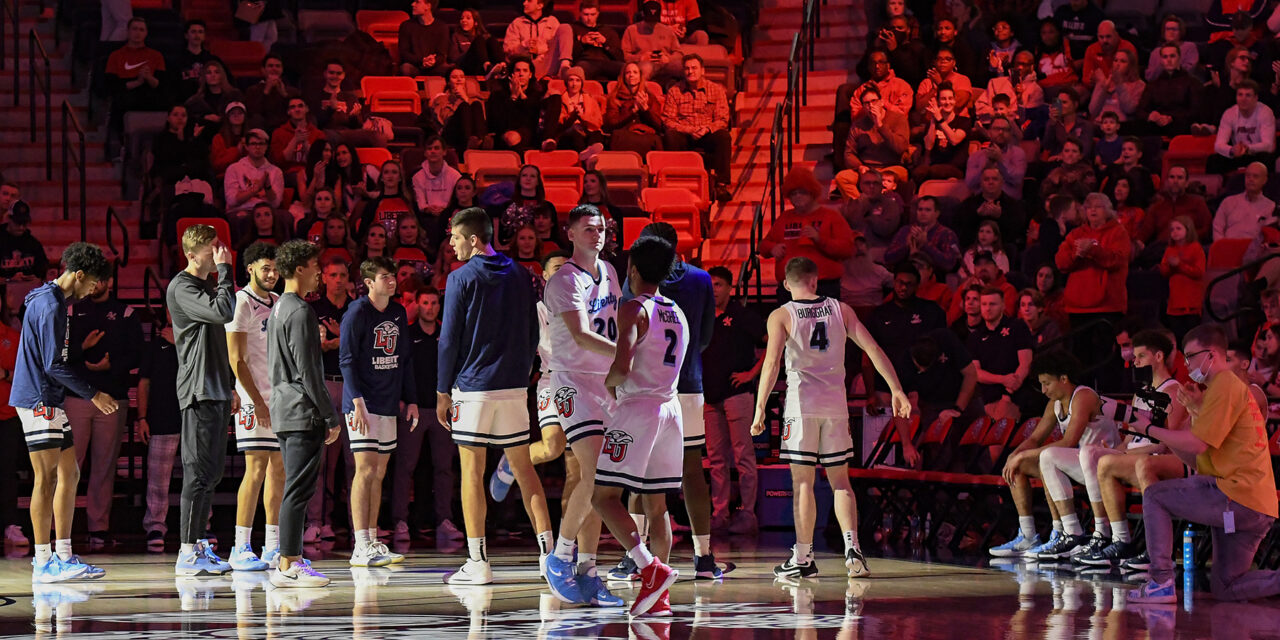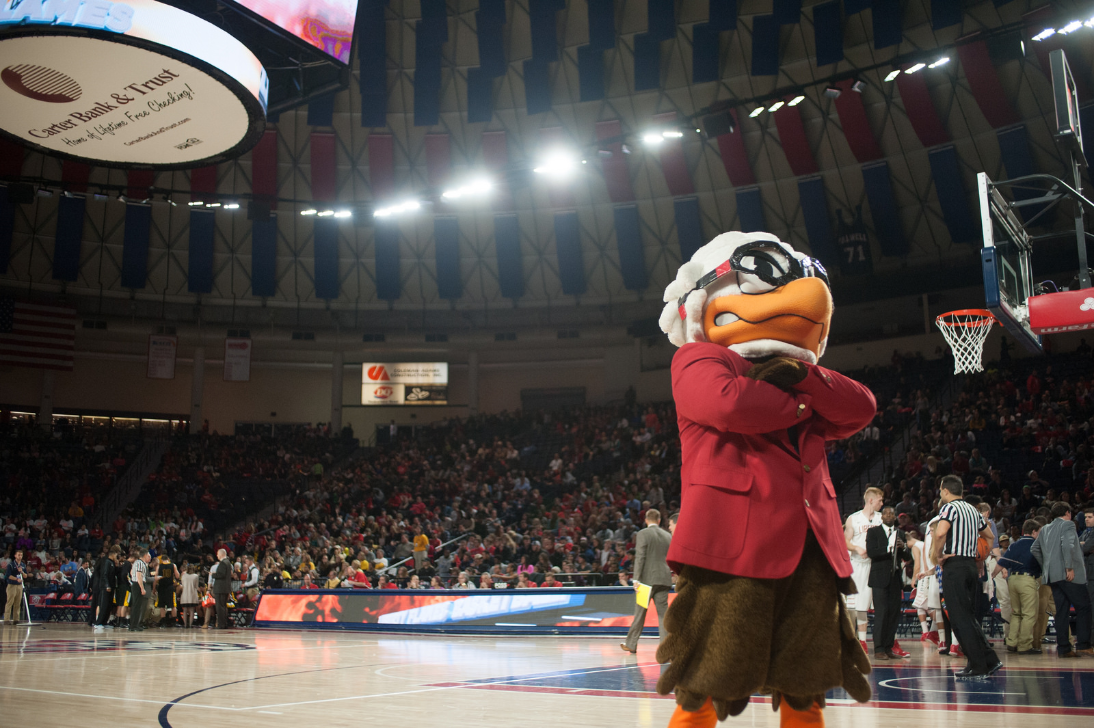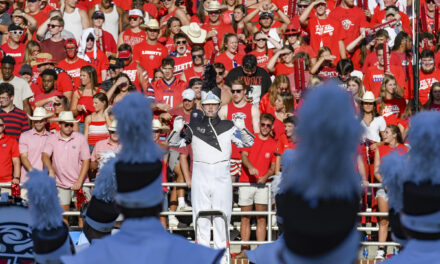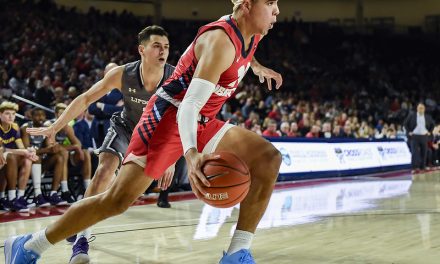The last three games have been, let’s say, eyebrow-raising. Most fans can visibly notice the Flames do not look like the same team they were just a month ago. The system-ball that fans are accustomed to has turned into sporadic scoring matches that are not controlled defensively. This has been most noticeable in the Flames’ second-half performances.
In the last three games, the Flames have seen negative splits after halftime. Against Lipscomb, the Flames’ outscored the Bisons 41-26 in the first half but lost the second half 43-37. Fortunately, the Flames held on to secure the win. The next two contests were not as favorable. Against Jacksonville, Liberty led at halftime, 42-32, but lost the second half 41-27. That lead was insurmountable and led to a loss. Lastly, against North Florida, the Flames’ (once again) started strong by outscoring their opponent 38-31 in the opening half, but lost the second half (and eventually the game) 39-31.
So, what’s up? Why are the Flames having such a tough time with these second halves? While no one but the staff and players can know for certain, below are three of the reasons I think the Flames are struggling.
1. They’ve been figured out (kind of).
Do you remember when Jeremy Lin went unconscious when he played for the Knicks? He was hitting game-winners, dropping solid 20-ish points a game…he was sensational. Like all good things, it eventually came to an end. Why? Because the professionals figured him out. Scouting reports started adding up, his film continued to develop, and certain schemes worked well to stop him.
At this point in the season, Liberty has lost nine times. That’s nine games of footage to pull from and scheme. The Jacksonville State loss served as the first opportunity for ASUN opponents to figure out some plans to slow down the Flames, and other ASUN opponents have capitalized. A particular example of this can be seen in how the Flames handled the zone in their last game against UNF.
2. Offensive imbalance.
I previously mentioned I thought this would turn around. I still think it will, but it will take some time. Jon Manson has mentioned in some recent tweets that the Flames’ wins are not as prolific when Darius scores his highest numbers. That tweet pre-dates Tuesday’s game, which means the Flames are 7-7 when Darius scores 22 points or more in a game. I’m not one for blaming star-scoring guards for doing what they do best, but these numbers clue us into something. ASUN teams are challenging Darius to be incredibly efficient well into the game, and it is wearing Darius down.
Venzant and Abii were the only two players that shot 50 percent from the field on Tuesday (Venzant 3-6 and Abii 3-5). The team combined to shoot 38.8 percent from the field and 35.7 percent from three against the Ospreys. This tells us the ball is being dominated by Darius, not leaving his hands, and ultimately stagnating, making the Flames inefficient. Inefficient basketball gets exposed down the stretch and in tight games when it is time for teams to close out. This is exactly when the Flames have been fraying.
3. The ASUN.
The ASUN is not the Big South. It is certainly not the competitive level of a conference like the ACC, but these players are still skilled ivision basketball players. As the season progresses, teams are still getting better and growing in cohesion. What UNF displayed on Tuesday is that their record doesn’t tell their whole story. They played incredibly, and it did not look like a fluke. They were fluid, controlled, and confident.
Jacksonville State has already shown the Flames their best side, and then turned around and have been upset three different times. I think this reflects two truths. First, that the ASUN has around four or five teams that could legitimately make a deep conference tournament run. This is what everyone loves about college basketball, right? We all cherish the fact that any team can bring their best game in a given night and contend for a title. This has become the nature of the ASUN this season and it means we will be watching a very exciting post-season. Second, as teams mature, they become better at finishing games well. More experience and testing moments for each team will lead to greater trust or greater skepticism. As more teams go through adversity and win close games, their confidence will grow, and so will their composure in late games.
As I continue to state, the Flames will course correct and will ready themselves for the conference tournament. The Flames only likely hope of making it to the Big Dance will be to win the ASUN tournament, and I am hopeful this will bring out the best side of this team.








